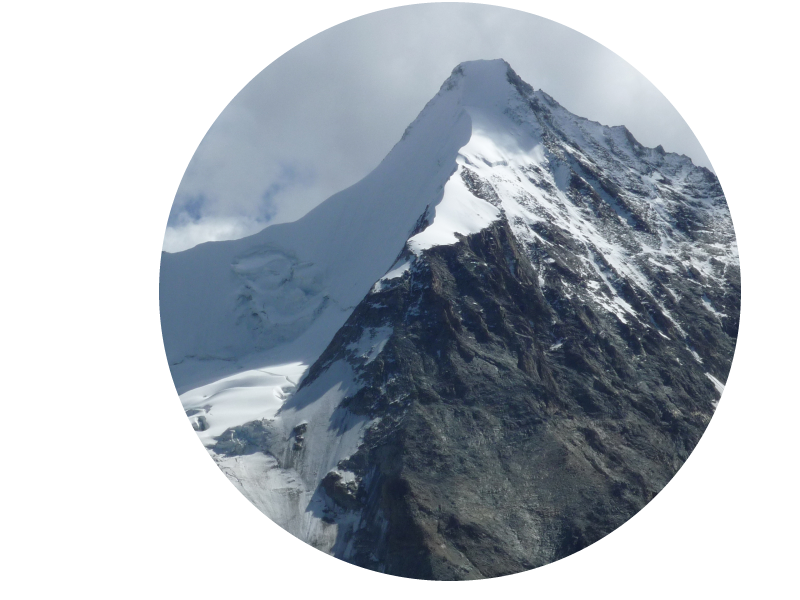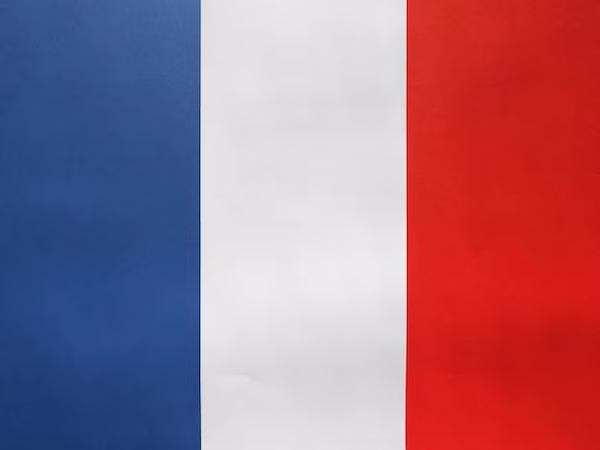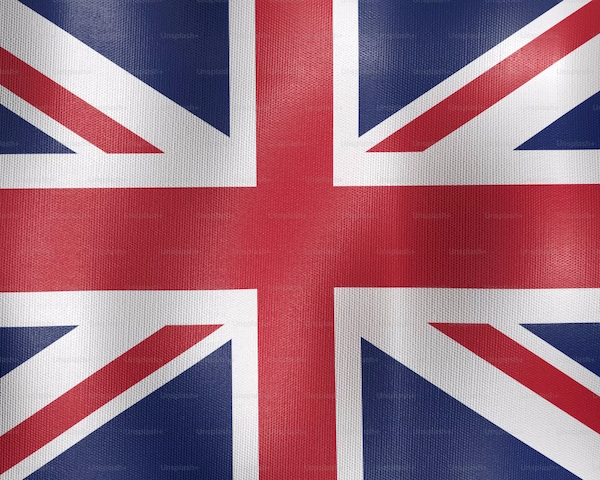Les cartes topographiques
♦ Echelle ♦ Relief ♦ Orientation ♦ Cartes en ligne
L’échelle
C’est le rapport entre la distance réelle sur le terrain et sa représentation sur la carte.
Les cartes utilisées pour les courses en montagne sont à l’échelle 1/50 000 ou 1/25 000.
1/50 000 signifie que 1 cm sur la carte représente 50 000 cm = 500 m sur le terrain; 1/25 000 signifie que 1 cm sur la carte représente 25 000 cm = 250 m sur le terrain.
Le relief
Le relief est représenté par les courbes de niveaux. Une courbe de niveau est une ligne qui joint les points de même altitude.
Plus les courbes sont serrées, plus la pente est raide.
La différence d’altitude entre les courbes de niveau est l’équidistance. Elle est indiquée sur la carte et varie suivant l’échelle de la carte, parfois même suivant les zones de la carte si celle-ci est le résultat d’un assemblage de cartes pour couvrir tout un massif.
Pour faciliter la lecture, une courbe sur cinq (ou sur dix) est plus épaisse et porte une cote d’altitude, c’est la courbe maîtresse.
Les cartes récentes comportent un ombrage, le soleil étant au nord-ouest.
L’orientation de la carte
La carte est toujours cadrée de façon que ses bords latéraux aient une direction sud-nord (du bas vers le haut). Orienter la carte, c’est faire coïncider le nord géographique avec le nord de la carte. La carte étant orientée, les directions sur celle-ci correspondent aux directions sur le terrain.
Apprendre à lire une carte
Voir le site dédié de l’IGN.
Cartes topographiques en ligne
- Map.Wanderland.ch — toute la Suisse en ligne
- Geoplanet.vd.ch — guichet cartographique de l’Etat de Vaud
- SITN.ne.ch — Système d’Information du Territoire Neuchâtelois
- SwissTopo — de l’Office fédéral de topographie
- Google Maps — site de Google
- Liens utiles — cartes, atlas et plans de villes
Topographic maps
♦ Scale ♦ Relief ♦ Orientation ♦ Online maps
The scale
This is the ratio between the actual distance on the ground and its representation on the map.
The maps used for mountain tours are at a scale of 1:50,000 or 1:25,000.The maps used for mountain tours are at a scale of 1:50,000 or 1:25,000.
1/50,000 means that 1 cm on the map represents 50,000 cm = 500 m on the ground; 1/25,000 means that 1 cm on the map represents 25,000 cm = 250 m on the ground.
The relief
Relief is represented by contour lines. A contour line is a line joining points of the same altitude.
The tighter the curves, the steeper the gradient.
The difference in altitude between the contour lines is the equidistance. It is indicated on the map and varies according to the scale of the map, and sometimes even according to the zones of the map if it is the result of assembling maps to cover an entire massif.
To make it easier to read, one curve in five (or ten) is thicker and bears an altitude number: this is the master curve.
Recent maps show shading, with the sun to the north-west.
Map orientation
The map is always framed so that its side edges run in a south-north direction (from bottom to top). Orienting the map means making geographical north coincide with the north of the map. As the map is oriented, the directions on it correspond to the directions on the ground.
Learning to read a map
See the dedicated IGN website.
Topographic maps online
Map.Wanderland.ch — the whole of Switzerland online
Geoplanet.vd.ch — the State of Vaud’s mapping office
SITN.ne.ch — Neuchâtel Land Information System
SwissTopo — from the Federal Office of Topography
Google Maps — Google website
Useful links — maps, atlases and town plans



Je vous remercie bien pour cette mane d information.